9.2 /10 1 Votes9.2
91% Metacritic Programmer(s) Mike Anthony | 9.3/10 IGN Designer(s) Mike Ellis Artist(s) Lee Carus-Wescott Initial release date 31 October 1997 | |||||||||||||||||||||||||||||||||
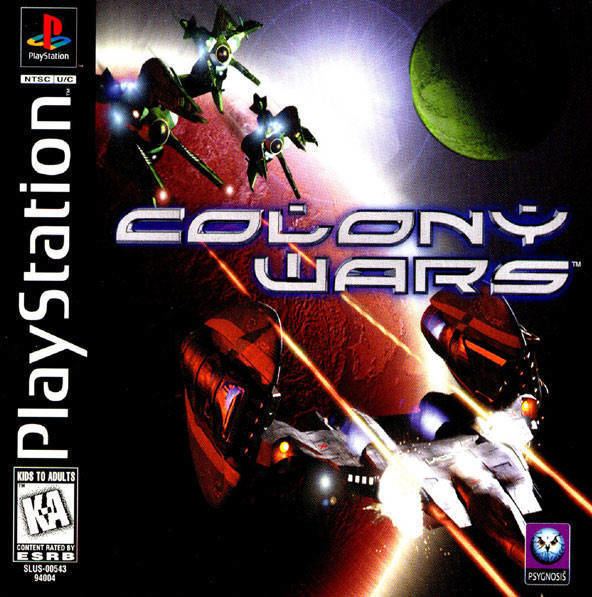 | ||||||||||||||||||||||||||||||||||
Writer(s) Mike EllisDamon Fairclough Release date(s) NA: October 31, 1997EU: November 05, 1997 Genre Space flight simulation game Similar Psygnosis games, Space flight simulators, Other games | ||||||||||||||||||||||||||||||||||
Colony wars all videos sequences and endings
Colony Wars is a space combat simulator video game for the PlayStation developed and released by Psygnosis in 1997. In it, players complete space combat missions using preselected starfighters equipped with various weapons. The game features multiple paths of missions and outcomes, depending on the player's performance. It was later followed by Colony Wars: Vengeance in 1998, and Colony Wars: Red Sun in 2000.
Contents
- Colony wars all videos sequences and endings
- Colony wars ps1 gameplay
- Gameplay
- Plot
- Endings
- Soundtrack
- Reception
- Legacy
- References
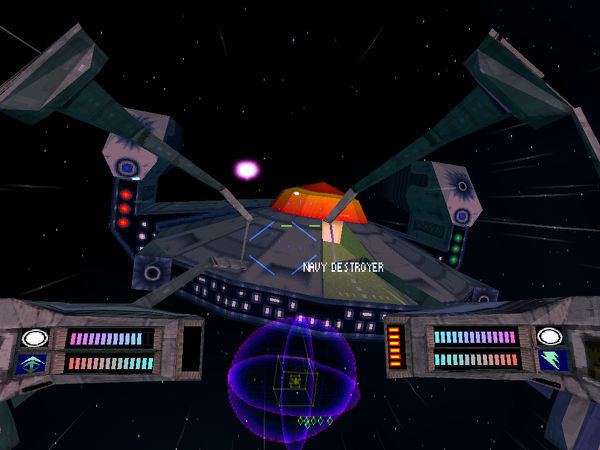
Colony wars ps1 gameplay
Gameplay
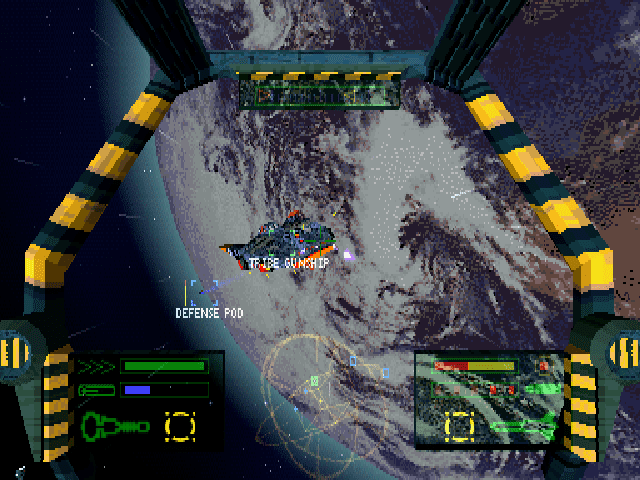
Players fight in numerous space combat missions using one of seven pre-selected League of Free Worlds starfighters (although in one mission, the player gets to use one captured Navy fighter). The selection is due to the League High Command's decisions for efficiency in every given mission. Each starfighter carries a certain combination of energy weapons, missiles or torpedoes, and a number of units are equipped with nonlethal EMP cannons. The player can also use countermeasures to shake off inbound enemy missiles or use a grapple gun to capture targets of importance.
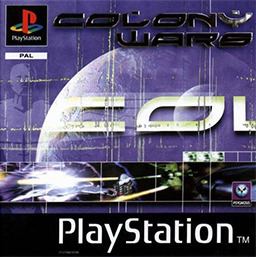
The stages are divided into several "Acts" with three missions each. Multiple paths and outcomes are available throughout the game, depending on the player's performance. Completing or failing missions does not always define the ultimate success or failure of the campaign, and certain missions are vital turning points which can dramatically affect the game's plot.
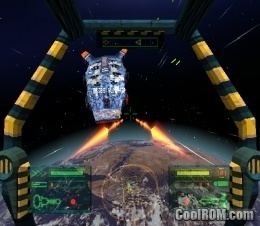
Players can view their combat records in the game. They can also access a database of planets and ships, with full voiceovers.
Plot
The Earth is fully stripped of natural resources by the fifth millennium. As a result, the Earth Empire sends out expeditionary sleeper ships to distant planets found to have abundant natural resources and harvest them. The discovery of hyperspace technology accelerates the Empire's interstellar expansion. As the colonies become more prosperous, the inhabitants bceome discontent as most of their mined resources are used to benefit Earth. A peaceful insurrection in the 47th century only results in the Earth Empire's leader, the Tzar, personally leading the destruction of a rebellious planet. Stunned by the carnage, the other colonies band together as the League of Free Worlds, with a man known as the Father leading the fight.
The Empire's Colonial Navy sends a fleet to attack League forces in the Gallonigher system, but the League executes hit-and-run strikes as they fall back to the main capital planet, Bennay. When the Navy overextends its forces for the assault on Bennay, the League lures them into a trap inside a nearby asteroid belt, where the Navy strike fleet is destroyed.
The game picks up several months after what is now known as the Battle of Bennay, when the player character signs up for combat duty with the League as it fully mobilizes for war. If the player succeeds in Gallonigher, the League will proceed to the Draco system. If the player is defeated in Gallonigher, the League will survive, but will retreat to resupply bases in the Diomedes system before launching an attack on Alpha Centauri. It is also possible to be sent to Alpha Centauri by performing poorly during the Draco campaign.
Endings
Depending on how well the player performs, the game can end in one of five ways:
Soundtrack
The in-game soundtrack was written and produced by Tim Wright who also composed music for the Wipeout series of games released by Psygnosis.
Reception
Official UK PlayStation Magazine rated the game a 7/10 in issue No. 26, although in later years they lowered the score to a 6, claiming that it was "stunning and well-designed but shows its age". It had an average score of 92.57% at GameRankings, based on 15 reviews and an average score of 91/100 at Metacritic, based on 24 reviews. The title was later followed by Colony Wars: Vengeance in 1998, and Colony Wars: Red Sun in 2000.
Legacy
Colony Wars was the first title in a series that included two sequels: Vengeance (1998) and Red Sun (2000). In 2010, UGO listed the series among its top ten most deserving of sequels.
